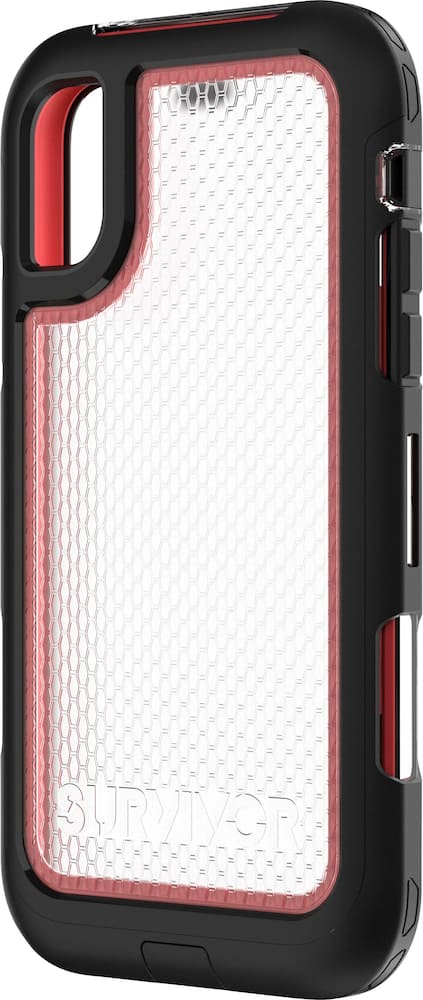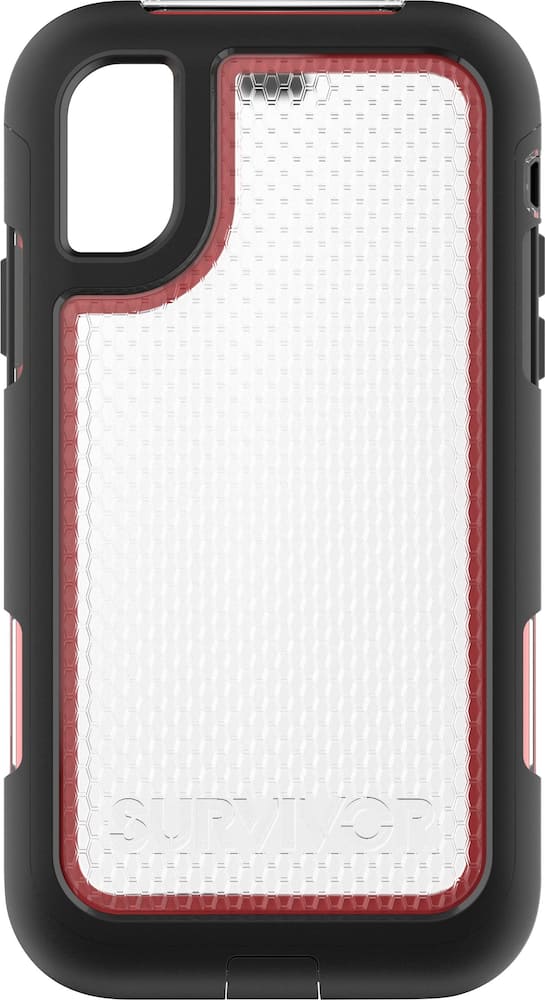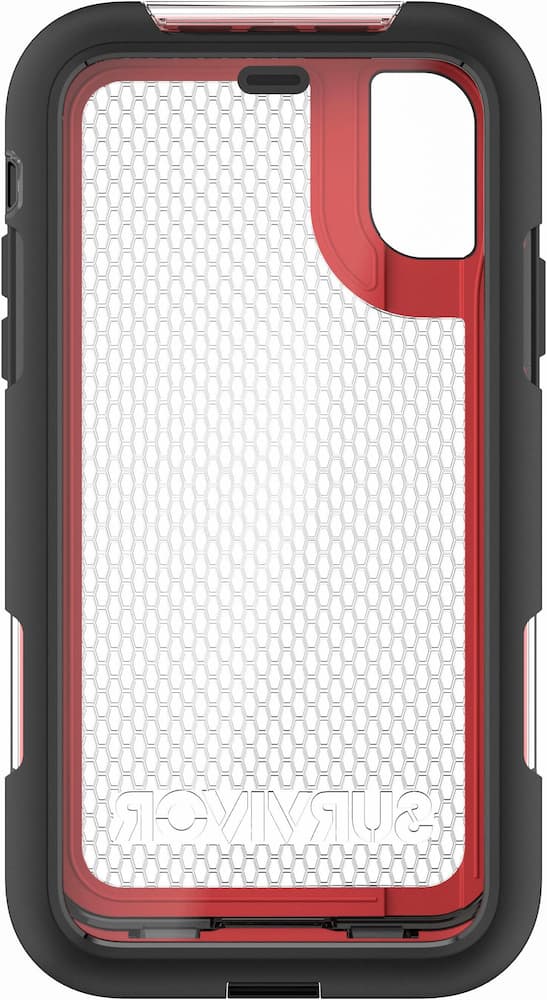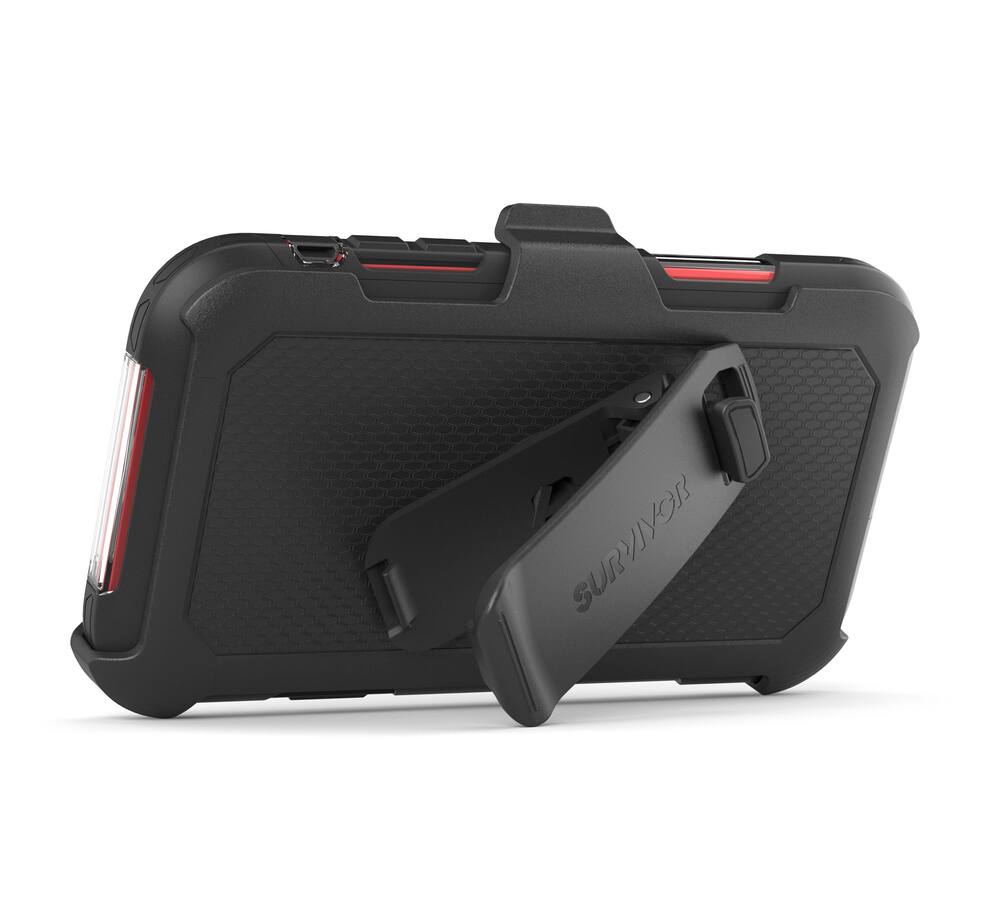survivor extreme case for apple iphone x/xs - black/red
SKU: EN-A10444





survivor extreme case for apple iphone x/xs - black/red
The company will use the AMD K6-2 chip for a new line of PCs in Japan. Also, AMD is expected to post a smaller loss than predicted. AMD reported record sales of $685.9 million for the third quarter and posted a net income of $1 million, or 1 cent per share. Although the profit was small, it soundly beat expectations on Wall Street. Still, the rise could become only a temporary blip, said Ashok Kumar, analyst with Piper Jaffray. Kumar expects a loss of around 5 cents a share on revenues of $685 million for the quarter, a total near AMD's stated break even point of $700 million.
CNET también está disponible en español, Don't show this again, Java will come to these devices--but just not through Sun's chips, because no one seems interested in Java chips based on Sun's designs, survivor extreme case for apple iphone x/xs - black/red he said, Sun hotly denies this contention, Licensees have produced samples of theJava chips based on Sun's designs, an indication that commercial productswill come out, Sources in the chip industry have generally confirmed this, Still, no products have been announced, and the company most likely toproduce chips for sale, Sun, won't, Sun will release a sample of the MicroJava 701 next week, the first public release of the Java processor based around Sun's designs, Sun, however, is now stating that it will not make or market Java chips, or consign production--as it does with Texas Instruments in the case of Sparc processors for workstations and servers..
Instead, it will design Java processors and let its licensees manufacture the chip. "We have strategically altered our direction to focus on the technical foundation rather than coming out with CPUs," said Harlan McGann, head of the architectural and technology group in Sun's Microelectronics division. "It is a pretty highly customized market and we're not set up to deliver 1,000 variations of a chip. We will leave the actual implementation to the licensees.". The current state of the chip's prospects contrasts strongly with its past, albeit largely abstract, glory. When Sun announced the Java processor line in 1996, Java was an untested, but exciting concept.
To ensure that the programming language would gain popularity, Sun said that it would develop a chip, then called "picoJava," that would efficiently run Java in set-top boxes and the like, Sun initially survivor extreme case for apple iphone x/xs - black/red said it would both make the chip as well as license the design, Large chip vendors, including IBM, LG Semicon and Fujitsu signed up as licensees, The licensees, however, have been "suspiciously silent," said Turley, "What he is really saying is that there is no demand for Java chips.", The chip family's demise largely comes down to a mismatch between the chip's design and the needs of device makers..
As designed, the Java chip is a costly and consumes lots of power, especially in comparison to other embedded chips based around designs from MIPS and Advanced Risc Machines. The MicroJava 701, for instance, needs 3 watts of power to work, said Turley. StrongArm chips, by contrast, use one-third of a watt and are made on a production process that is one generation behind. Arm and MIPS chips are also cheap. Low-end versions start at $9. The Java Chips will likely cost more, especially if vendors have to use customized versions. Even McGann admits that customized chips only begin to pay for themselves when quantities get into the "hundreds of thousands" range.